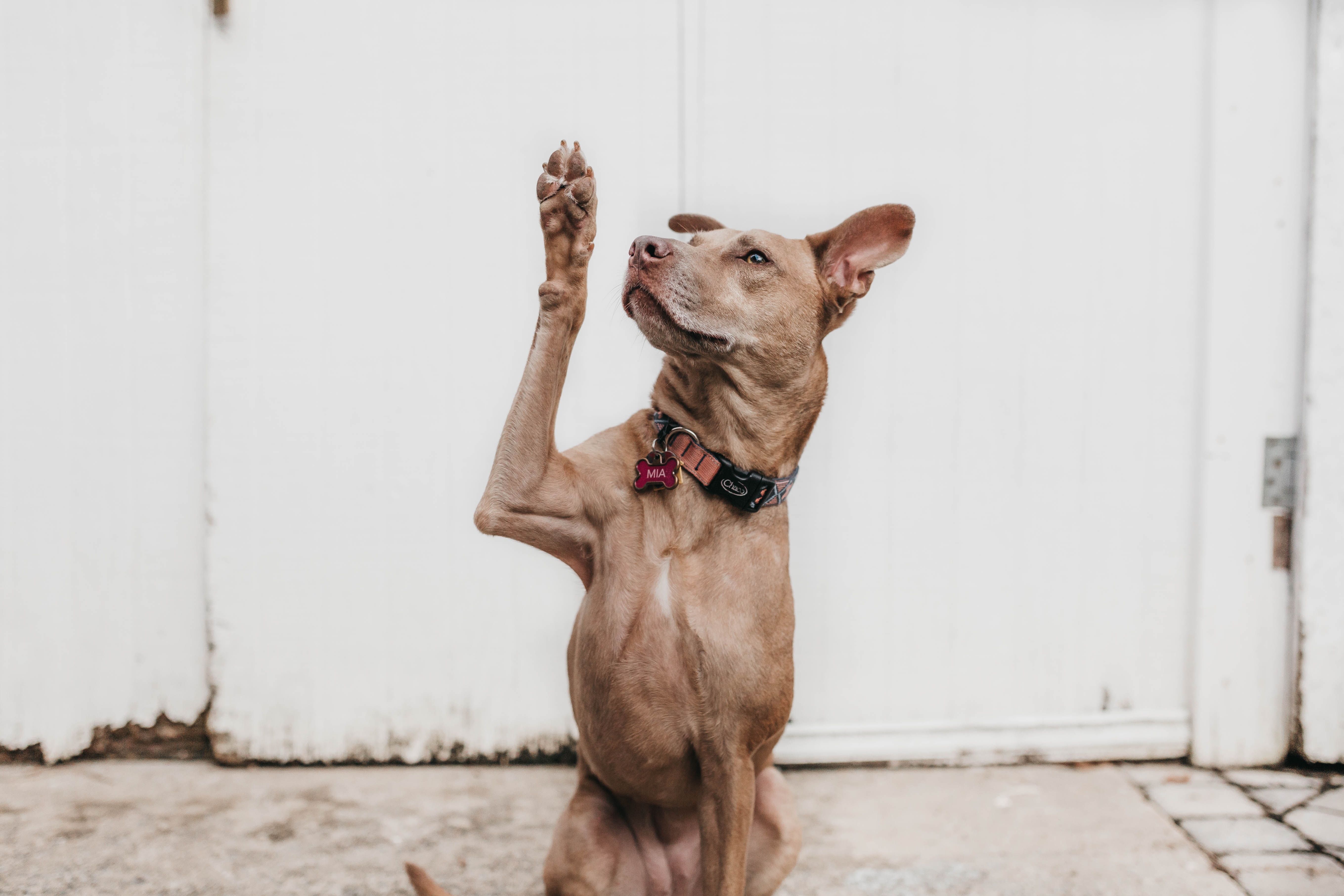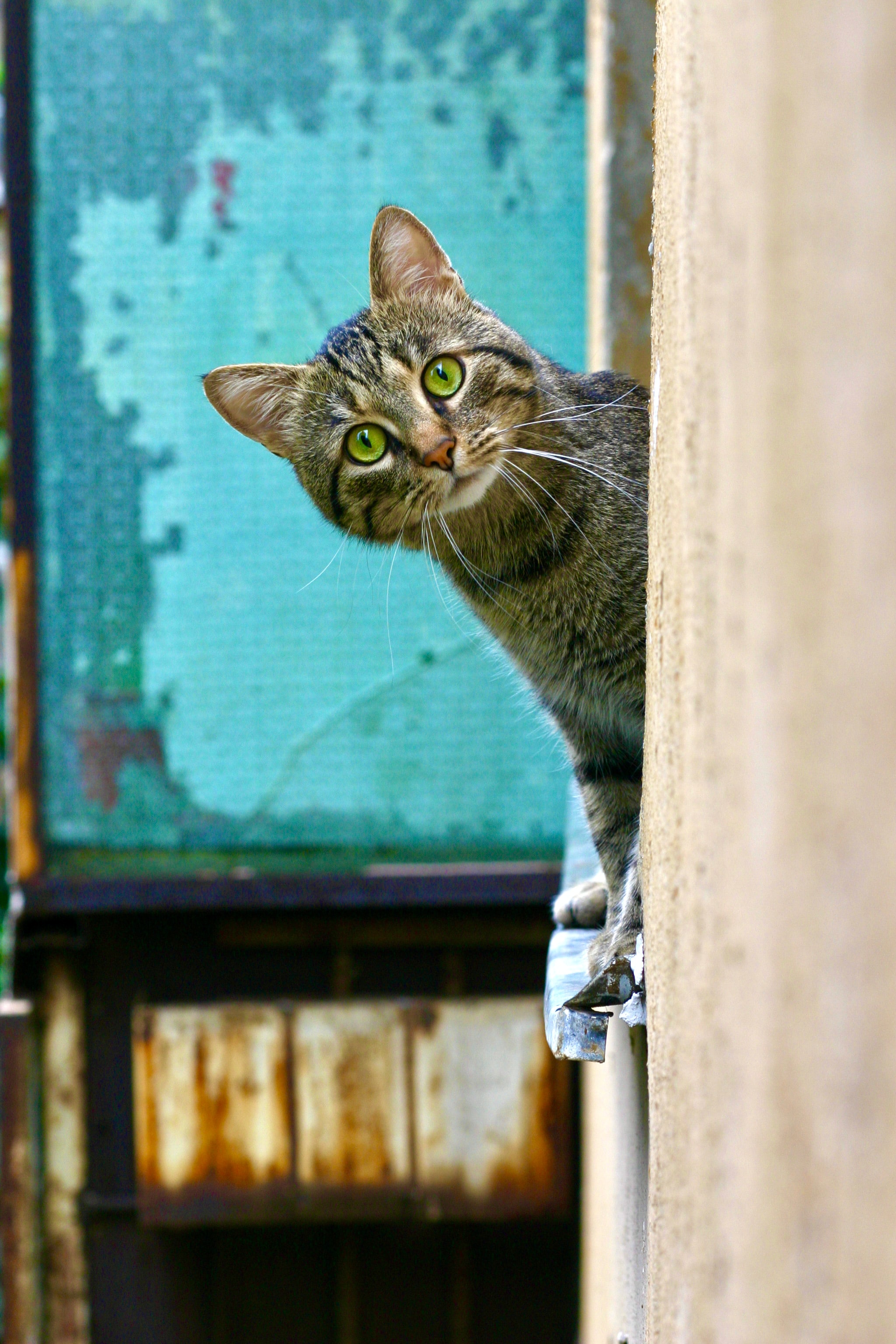ABOUT
Dying to Learn: Exposing the Supply and Use of Dogs and Cats in Higher Education
This report shows immoral school and university operations in which opportunistic Class B traffickers steal dogs from shelters and sell them to higher education institutions, where they are dissected and subjected to live procedure in instructional facilities, and are usually slaughtered. It tracks Cruella, a dog from Michigan, on her journey to a university teaching lab. Schools that obtain animals from questionable sources are also identified in the document.
ACCESS REPORT



